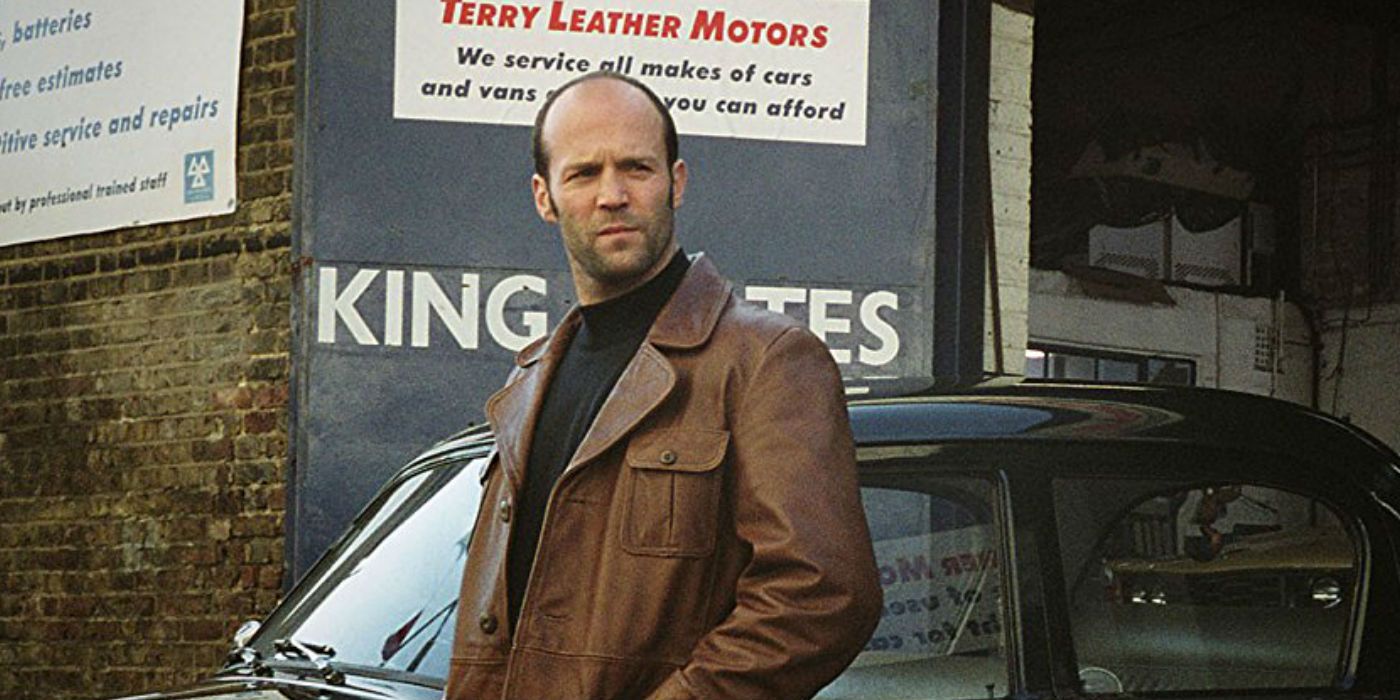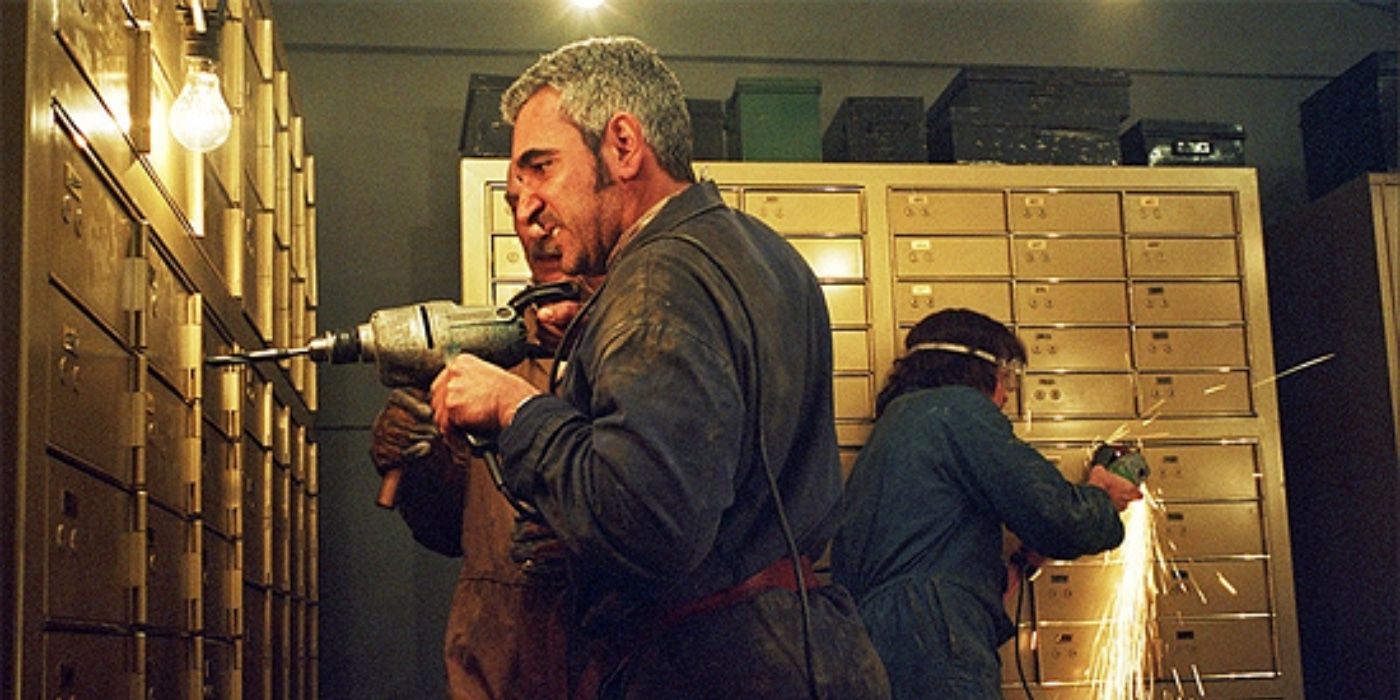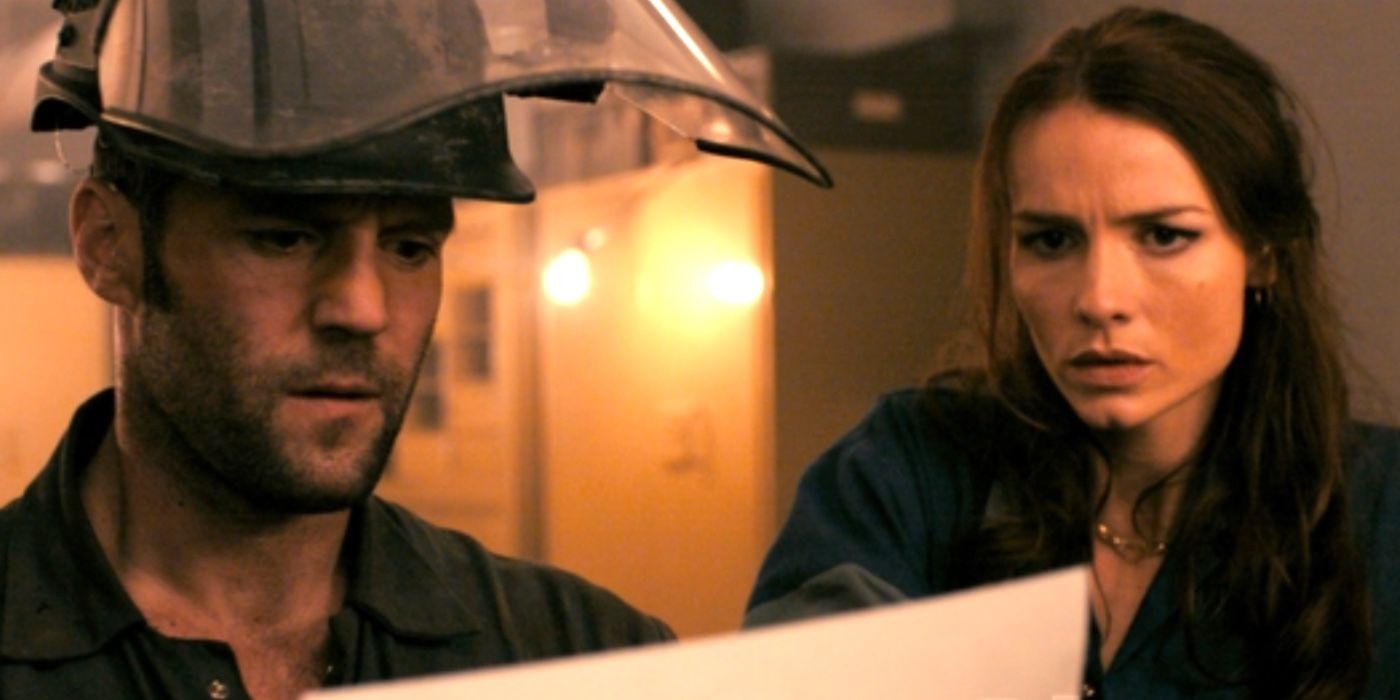
The Bank Job: Unveiling the 1971 Robbery Saga

Dive into the real-life events of the 1971 bank robbery that inspired The Bank Job movie. Explore the intriguing details behind the daring heist and the characters involved in this gripping true story.
The Bank Job, directed by Roger Donaldson and starring Jason Statham, explores the real-life Lloyds bank robbery of 1971 which took place on Baker Street in London. The value of the goods stolen remains unknown as the police only managed to retrieve a small sum. However, it is estimated the total amount stolen lies between £1.25 and £3 million. The true purpose of the Baker Street heist remains shrouded in mystery too, and The Bank Job true story still has many unanswered questions, even 50 years after it happened.
In the movie, the robbery is masterminded by Martine Love, an ex-model who convinces a group to rob a bank containing a safe deposit box owned by radical Black rights activist Michael X, whose contents include compromising photographs of Princess Margaret. The Bank Job true story is stranger than fiction, so it's little surprise Lionsgate decided to adapt the bizarre events of the 1971 Baker Street Robbery into the equally bombastic 2008 heist film. However, many viewers wonder is The Bank Job accurate, and the answer is complicated.
The Real Heist That Inspired The Bank Job
The Baker Street Heist Explained
Jason Stathem on a walkie-talkie The Bank Job - The Baker Street Heist Explained - The Real Heist That Inspired The Bank Job
The Bank Job presents a fictionalized version of the Baker Street heist and its aftermath, taking liberties with the characters depicted in the film compared to the real perpetrators. In the movie, the mastermind behind the heist is portrayed as a fictional character named Martine Love, played by Saffron Burrows, whereas in reality, it was actually Anthony Gavin who planned the robbery.
Anthony Gavin's inspiration for the heist stemmed from reading The Red-Headed League, a short story by Sir Arthur Conan-Doyle featuring Sherlock Holmes and Dr. Watson's efforts to thwart burglars. In a similar fashion to the story, Gavin and his team tunneled from a rented store into Lloyds bank, using gelignite to create an entrance from below, a method not seen in The Bank Job movie.
The Bank Job movie took liberties in embellishing Gavin's motivations for the heist.
The Bank Job Movie Wasn't Accurate
They communicated via walkie-talkie with a lookout on the roof. Unfortunately, the walkie-talkie's signal was picked up by Robert Rowlands, an amateur radio enthusiast, who called the police. Initially, the police didn't believe Robert, which gave Gavin and the crew time to escape. It didn't take the police long to find some of the suspects but the money and gear were gone forever. Gavin's motivations were one thing that The Bank Job movie embellished for narrative effect, but there was more.
The UK Heist Movie Altered Many Details
Jason Statham looking off camera in The Bank Job - The UK Heist Movie Altered Many Details - The Bank Job Movie Wasn't Accurate
It may take many more years before the truth behind the Bank Job movie is revealed. The film loosely references the tactics employed by the original thieves, although it is mostly fictionalized. In the movie, it is suggested that compromising photographs of Princess Margaret were stored in a safety deposit box owned by Trinidadian radical Michael X. Consequently, MI5 orchestrated the heist to obtain these photos. This could be the reason why the British Government imposed a D-Notice, prohibiting the release of any information regarding the robbery. Additionally, newspapers are restricted from publishing details about the incident until 2071 as per the embargo at the National Archives.
Pierce Brosnan Made A Documentary About The Real Bank Job Robbery
It appears peculiar that the government would take extreme measures to conceal the specifics of the robbery. Whether it was linked to Princess Margaret or someone else's personal affairs, the contents of the safety deposit boxes at Lloyd's Bank in 1971 remain a mystery. The Bank Job movie's retelling of the events introduces a dramatized element to the events of that night in Central London, and it may take many more years before the actual truth comes to light.
The James Bond Star's Series Delves Into The Baker Street Heist
The heist in the movie The Bank Job. - The James Bond Star's Series Delves Into The Baker Street Heist - Pierce Brosnan Made A Documentary About The Real Bank Job Robbery
Pierce Brosnan collaborated with the History Channel to produce the series Greatest Heists With Pierce Brosnan. The third episode delves into The Bank Job true story, specifically focusing on "The Baker Street Bank Burglary." The show follows the thieves' daring plan to tunnel under the Lloyds Bank and access a safety deposit box. However, the real intrigue lies in the cat-and-mouse game that unfolds when a radio enthusiast accidentally intercepts their walkie-talkie communication and notifies Scotland Yard.
For those interested in the true events of The Bank Job, Greatest Heists With Pierce Brosnan offers a compelling portrayal.
Surrounded by Misinformation: The Baker Street Robbery was always clouded in misinformation. The episode is one of the highest rated of the series and uses dramatic reenactments to depict the high-stakes true story. For those looking to see the realities of The Bank Job true story, Greatest Heists With Pierce Brosnan is a great option. It doesn't shy away from some of the murkier details of the tale and chronicles the chase between cops and robbers. While The Bank Job focuses on the lead-up to the heist, Greatest Heists tells The Bank Job true story and is an engaging watch for fans of crime history.
Making An Accurate Version Of The Story Is More-Or-Less Impossible
Terry and Martine looking at plans in The Bank Job. - Making An Accurate Version Of The Story Is More-Or-Less Impossible - The Baker Street Robbery Was Always Surrounded By Misinformation
The true story of The Bank Job has been clouded by misinformation over the years, particularly due to the unknown contents of the security deposit box. Despite taking creative liberties, rumors and falsehoods have continued to distort the actual events of the case. One of the rumors suggested a government-issued D-notice was involved, but this has been proven false as the robbery was widely reported.
Addressing another rumor, The Bank Job debunks the idea that photos of Princess Margaret and criminal John Bindon were in the safe deposit box. Finally, there was speculation that evidence of a conservative cabinet member's child abuse was hidden in the box by the robbers, but this too has been dismissed as false.
The true story heist films, such as The Bling Ring by A24, are known for taking creative liberties. However, The Bank Job true story has always been surrounded by mystery, making the extreme creative liberties it takes not only forgivable but also fitting.
Editor's P/S:
The article delves into the intriguing true story behind the 1971 Baker Street bank robbery, depicted in the 2008 film "The Bank Job." The heist remains shrouded in mystery, with questions lingering about its true purpose and the contents of the stolen safe deposit boxes. The film takes liberties with the characters and details of the events, making it a fascinating blend of fact and fiction.
The article highlights the complexities of the true story, particularly the government's involvement and the questionable contents of the stolen boxes. Rumors and misinformation have plagued the case, making it difficult to separate truth from falsehood. Despite the film's embellishments, it captures the essence of the heist's audacity and the enduring enigma that surrounds it. The article's exploration of the real-life events and the film's adaptation provides a thought-provoking perspective on the intersection of history and entertainment.










